Recent news:
4000th facility has been added to the Ski Jumping Hill Archive
7000th ski jumping hill added to the Archive!
New Granåsen ski jump in Trondheim inaugurated
Fire destroys ski jumps in Biberau-Biberschlag
Copper Peak: Funding of the renovation finally secured
Send us your ski jumping hill photos and information via email!
Latest updates:
2025-04-14
2025-04-13
2025-04-12
2025-04-11
2025-04-10
Advertisement:
Partner:




 Feldberg
Feldberg
Fahler Loch
Data | History | Hill records | Competitions | Contact | Map | Photo gallery | Comments
.
Feldbergschanzen:
| K-Point: | 93 m |
 Longest jump: Longest jump: |
94.0 m (Matthias Buse  , 1978) , 1978) |
  Hill record: Hill record: |
93.5 m (Walter Steiner  , 1976-04-11) , 1976-04-11) |
93.5 m (Primož Ulaga  , 1983-04-03, EC) , 1983-04-03, EC) |
|
| Year of construction: | 1936 |
| Further jumps: | K55, K20 |
| Plastic matting: | no |
| Year of construction: | 1935 |
| Conversions: | 1949, 1966, 1989 |
| Status: | destroyed |
| Ski club: | Skizunft Feldberg |
| Coordinates: | 47.855010, 8.021417 ✔ 
 |
History:
Originally the first smaller ski jumping hill at Feldberg was constructed already in 1928 for the German championships. The planning and construction of the “long distance jump” at Fahler Lochin the period between 1935 and 1937 was means, which was influenced by the sports government of the Third Reich in National Socialism. The importance and valuation of the Black Forest as the cradle of German ski jumping was propagandized sport-politically and also the target to host Olympic Winter Games in Black Forest was playing a major role.
For that time the construction of this new ski stadium with the union of three ski jumping hills K70, K50 and K15 was a big innovation, especially because the facility on 1300 m above sea level was very snow-secure. With the opening of the 50-meter ski jump in 1935, the traditional international Easter competition was transferred from the ramshackle Max-Egon-Schanze at Feldseewald on the new ski jump. The Feldberg-Skispringen was usually the last big competition in Black Forest at the end of the winter season and always an event with high-ranking international participants.
After the war ski jumping at Feldbergschanze had been reactivated in 1949. In 1953, it had a critical point of 80 meters. Helmut Recknagel jumped a new hill record of 90 meters in 1957. A profile change of the ski jumping hill followed in 1966-67 and after that the record distance could be increased to 93.5 meters by Switzerland’s Walter Steiner (1976) and Slovenia's Primož Ulaga (1983). Matthias Buse shall even have jumped 94 meters in 1978. In 1989-90, a last modernization of the hill profile was carried out, but then in 1992 an Europa-Cup competition was the last international tournament - the 46th Feldberg-Skispringen. After that the ski jumping hill was closed and today only some parts of the hill, on which nearly all great ski jumpers of their time have competed over about a period of 70 years, have remained and are still visible.
 Hill records K93 (Men):
Hill records K93 (Men):
 Competitions:
Competitions:
 Contact:
Contact:
 Map:
Map:
 Photo gallery:
Photo gallery:
Advertisement:




 Oslo
Oslo Warszawa
Warszawa Wilhelmsburg
Wilhelmsburg  Bled
Bled












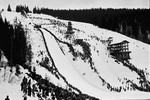















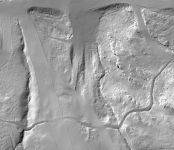






































































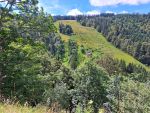
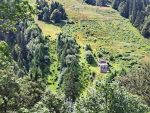
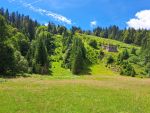
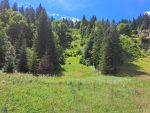
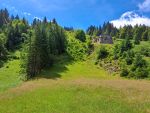
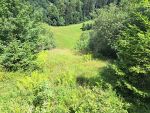
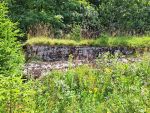
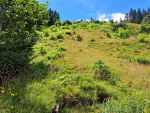
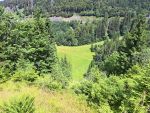
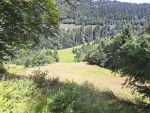
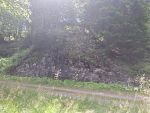

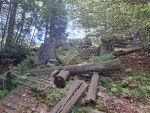
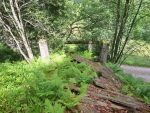


Post comment:
Herr
Hallo guten tag, gibt es vom Fahler Loch historische Unterlagen von einer Straßenbau Baustelle der Firma Josef Doll im Jahre 1953 ? Ich habe ein Paar Fotos von damals und bin auf der Suche nach weiteren Fotos oder Infos zu der Zeit wo genau die Straße gebaut wurde. Mein Vater war dort mit einem Dolberg Bagger in der Firma Josef Doll ( mein Onkel) tätig.